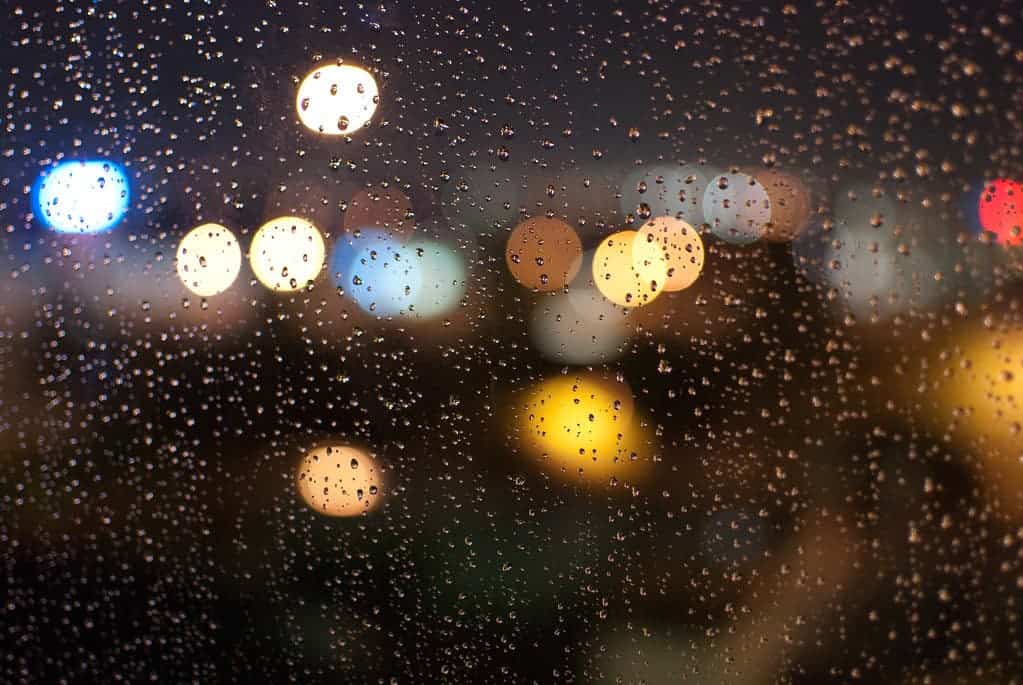While giving a sense of cleansing in any city, rainstorms usually cause substances in buildings, streets, and sidewalks to wash off into the drain. This can cause contaminants to end up in ground and surface waters, according to a new study.

Researchers reporting in ACS’ Environmental Science & Technology have analyzed untreated urban stormwater from 50 rainstorms across the US. They found a wide variety of contaminants that could potentially harm aquatic organisms in surface waters and infiltrate groundwater.
Other studies in the past of urban stormwater runoff have revealed a mixture of industrial chemicals, pesticides, pharmaceuticals and other substances that, at certain levels, can be toxic to aquatic life. As a result, many cities and water-management agencies are trying to develop stormwater control measures to keep these contaminants out of other water bodies, such as rivers or aquifers.
However, data from a wide variety of locations across the U.S. are lacking. To help fill this research gap, Jason Masoner and colleagues wanted to catalog and quantify the contaminants in urban stormwater from 50 storm events at 21 sites across the nation.
The team of researchers measured levels of 500 chemical compounds in urban stormwater collected during rainstorms. Samples contained a median of 73 organic chemicals, with pesticides being the most frequently detected chemical group.
Eleven contaminants, including the insect repellent DEET, nicotine, caffeine, and bisphenol A, were found in more than 90% of samples. The researchers also frequently detected prescription and non-prescription pharmaceuticals, indicating that the stormwater was contaminated with human waste, possibly from sewage leaks or other urban sources.
Some of the contaminants were present at levels known to be toxic to aquatic life, but those at lower concentrations could also have effects when combined with all of the other substances in the water.
The study highlighted the need for more research about the long-term effects of these contaminants on aquatic organisms exposed to the stormwater, the researchers said, concluding their paper.


